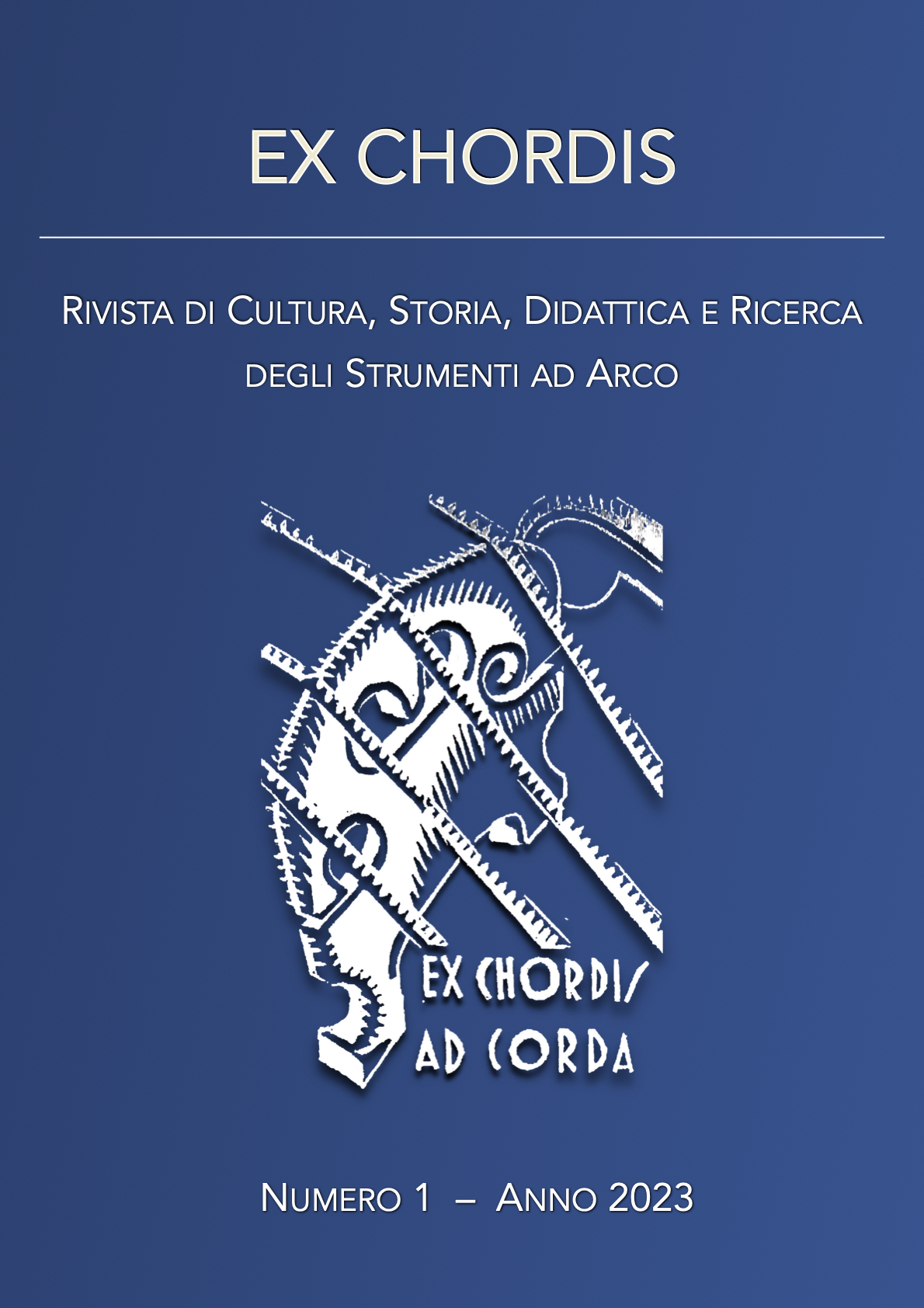Abstract
I consort song – brani vocali con accompagnamento di un consort di viole da gamba – costituirono un genere molto in voga nell’Inghilterra degli ultimi decenni del XVI secolo, in piena età elisabettiana, genere in cui William Byrd eccelse. Tra i consort song che il compositore non pubblicò ce n’è uno, Come, pretty babe, dal testo piuttosto scabroso per l’epoca. Tratta, infatti, della maternità al di fuori del matrimonio. In questa ninna nanna, la madre si rivolge al suo piccolo confidandogli il dolore e l’angoscia per la situazione drammatica in cui versano. Nell’articolo viene data la traduzione del testo letterario, che viene discusso nel contesto sociale dell’epoca. Viene, inoltre, fornito un quadro generale dei consort song byrdiani. Si ipotizzano, altresì, le ragioni che indussero il Brittanicae Musicae parens a non dare alle stampe Come, pretty babe.
Riferimenti bibliografici
Adair R., Courtship, Illegitimacy, and Marriage in Early Modern England, Manchester University Press, Manchester 1994.
Bello G., Le conchiglie di Shakespeare, «Notiziario S.I.M.», Società Italiana di Malacologia, XXX, 1, 2012, pp. 26-30.
Bonsante A., ‘A Father of Musick’: affetti e virtuosismo in William Byrd tra Rinascimento e Barocco, in William Byrd nel quattrocentesimo anniversario della morte (libretto di sala del concerto del 14/07/2023), Area Dipartimentale di Musica Antica / Conservatorio di Musica “N. Piccinni”, Bari 2023.
Brett P., Madrigals, Songs and Canons («The Byrd Edition», XVI), Stainer & Bell, London 1976.
Brett P., The English Consort Song, 1570-1625, «Journal of the Royal Musical Association», LXXXVIII, Cambridge University Press, 1961, pp. 73-88.
Brett P., Consort songs for voice and viols («The Byrd Edition», XV), Stainer & Bell, London 1970.
Brett P., William Byrd and His Contemporaries: Essays and a Monograph, University of California Press, Oakland 2006.
Byrd W., Psalmes, Sonets, & songs of sadness and pietie, Thomas East, London 1588.
Byrd W., Songs of sundrie natures, Thomas Easte, London 1589.
Byrd W., Psalmes, songs, and sonnets, Thomas Snodham, London 1611.
Crespo Carcía B., Women and Sex in the Elizabethan Period: A World Through Language, Proceedings of the XIXth International Conference of AEDEAN, Vigo 1995.
Dowland J., First Booke of Songes or Ayres, Peter Short, London 1597.
Duffin R.W., Shakespeare’s songbook, W.W. Norton & Company, New York 2004.
Fellowes E.H., Songs («The collected works by William Byrd», XV), Stainer & Bell, London 1949.
Lord Hall J., Sexual Desire and Romantic Love in Shakespeare, Edinburgh University Press, Edinburgh 2021.
Hoffmann B., La viola da gamba, L’Epos, Palermo 2010.
Ingram M., Church Courts, Sex and Marriage in England 1570-1640, Cambridge University Press, Cambridge 1988.
Laslett P. & K. Oosterven, Long-term Trends in Bastardy in England – A Study of the Illegitimacy Figures in the Parish Registers and in the Reports of the Register General, 1561-1960, «Population Studies», XXVII, Taylor & Francis, pp. 255-286.
Manson C., Voices and Viols in England, 1600-1650 / The Sources of the Music, UMI Research Press, Ann Harbour 1982.
Outhwaite R.B., Clandestine Marriage in England, 1500–1850, Hambledon Press, London 1995.
Peacham H., The Compleat Gentleman, F. Constable, London 1622.
Shakespeare W., Comedies, Histories, & Tragedies, Jaggard & Blount, London 1623.
Turbet R., William Byrd: A Research and Information Guide, Rutledge, New York & London 2012.

Questo lavoro è fornito con la licenza Creative Commons Attribuzione - Condividi allo stesso modo 4.0.
Copyright (c) 2023 Giambattista Bello

